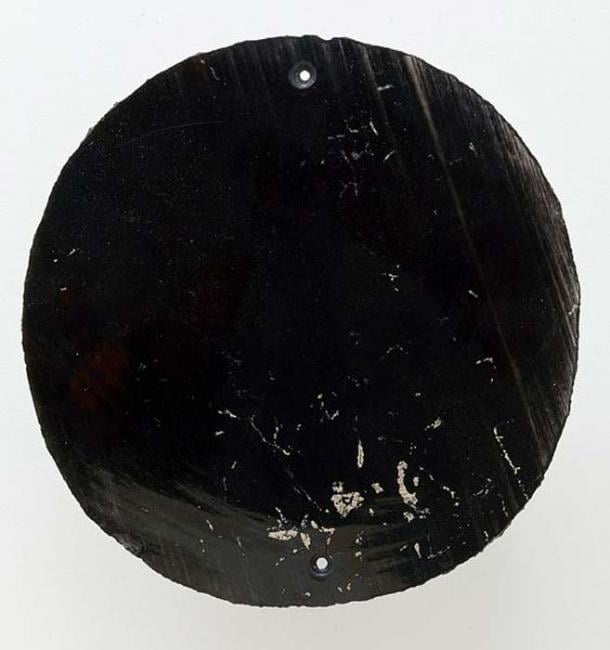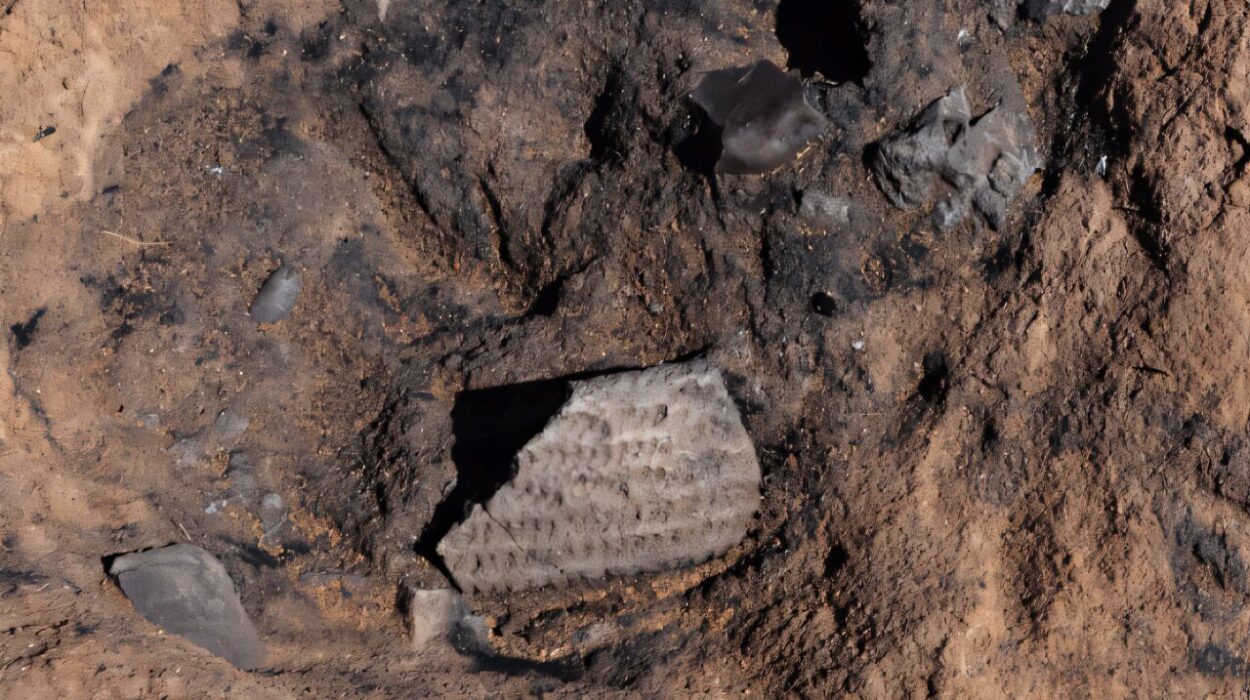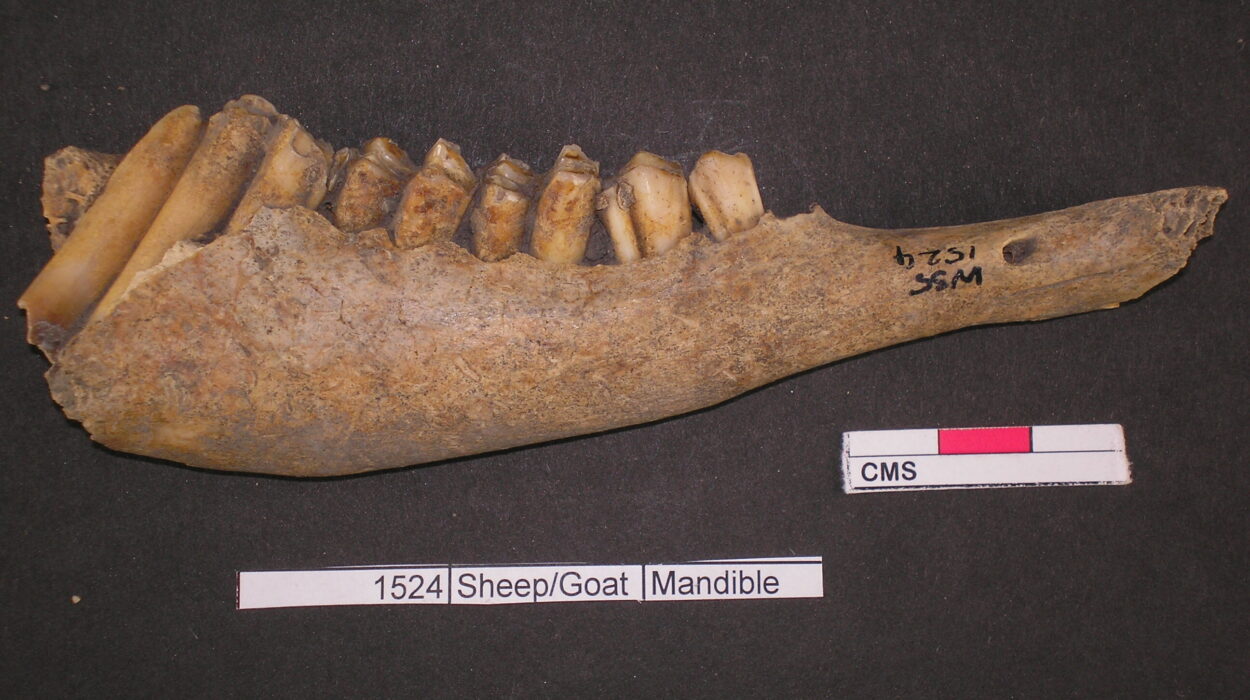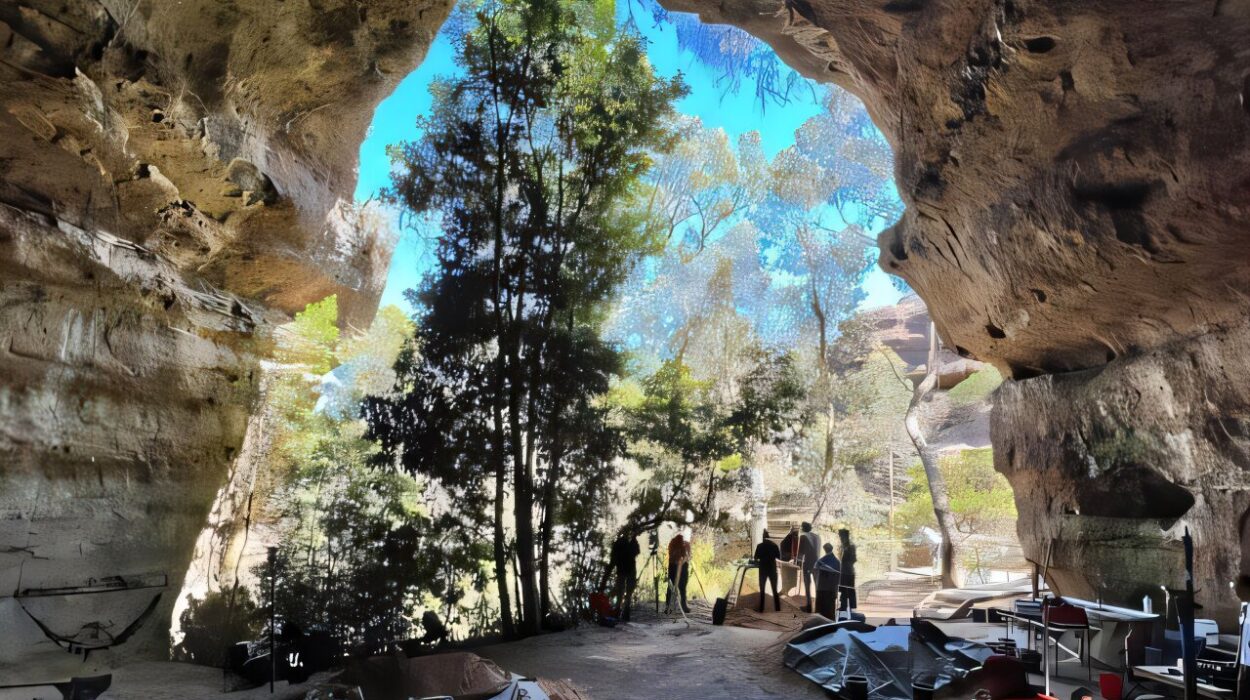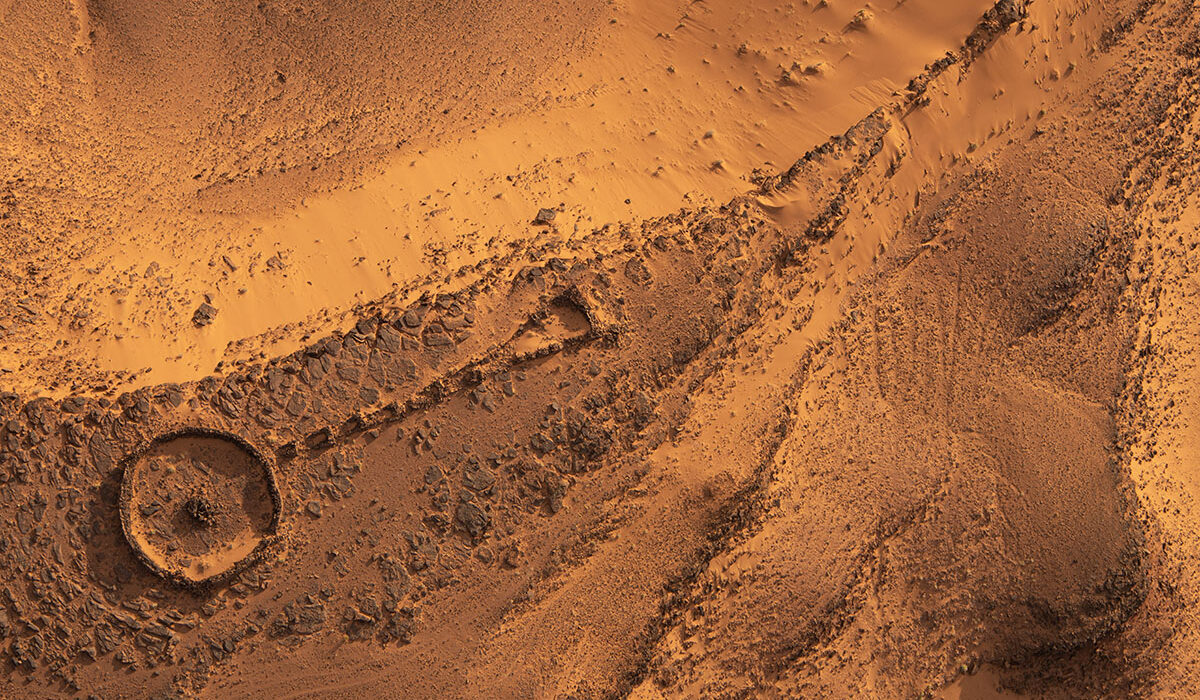In the heart of ancient Mesoamerica, a stone born of fire captured both practical and spiritual imagination: obsidian. This volcanic glass, sharp as a blade yet smooth enough to gleam like polished water, became one of the most powerful materials of pre-Columbian civilization. Among its many uses—tools, weapons, ornaments—its most enigmatic was the creation of mirrors. To the peoples of Mesoamerica, these obsidian mirrors were not mere objects for reflection. They were portals, instruments of divination, symbols of power, and embodiments of cosmic forces.
When polished to perfection, a disk of obsidian did not simply return an image—it produced a dark, mysterious reflection, a smoky depth where the boundary between self and spirit seemed to blur. To gaze into such a mirror was not the same as gazing into still water or polished metal. It was to confront an obsidian night that seemed endless, a void where the human face mingled with the shadows of the unknown.
Obsidian mirrors, then, were never just about vanity or utility. They were about transformation, vision, and communion with the sacred. To understand their role in Mesoamerican societies is to glimpse how stone and spirit merged into a single object of awe.
A Stone of Fire and Night
Obsidian originates in volcanic landscapes, formed when molten lava cools so quickly that crystals have no time to grow. The result is a glassy, brittle stone that fractures into razor-sharp edges. For ancient peoples, this property made it invaluable for cutting tools and weapons. But its dark sheen and capacity for polish lent it another dimension: beauty and mystery.
Across Mesoamerica, from central Mexico to Guatemala, obsidian deposits were abundant, and trade networks spread its glistening blades and ornaments far and wide. Archaeologists have traced obsidian artifacts to specific volcanic sources, showing the far-reaching movement of this stone through the veins of commerce. Yet within this exchange of blades and beads, certain pieces stand apart: the mirrors, crafted with extraordinary care, and often found in contexts that speak of ritual and status.
The reflective quality of obsidian was unique. Unlike bright metal mirrors, which shine with clarity, obsidian offered depth—a mirror black as midnight, suggesting not only a surface reflection but an entrance into another world. This interplay between darkness and vision shaped its symbolic resonance in Mesoamerican thought.
Crafting the Black Mirrors
The making of an obsidian mirror was a feat of skill. Large, flawless pieces of obsidian were rare, requiring careful selection from volcanic quarries. Artisans would cut, grind, and polish the stone using sand and water until its surface gleamed with an inky brilliance. The process was labor-intensive, demanding patience and expertise.
The resulting mirrors varied in size. Some were handheld, small enough to carry for personal use. Others were monumental, great discs that may have been mounted on walls or altars, commanding attention in ritual spaces. Archaeological discoveries include mirrors as large as 25 centimeters across, their surfaces so meticulously polished that they still hold their reflective power after centuries buried in the earth.
That such effort was devoted to these objects suggests their importance went far beyond everyday function. Each mirror was not only a crafted artifact but a vessel of meaning, destined for ritual, political, or spiritual significance.
Mirrors of the Gods
In Mesoamerican cosmology, mirrors were not passive objects but active agents of power. They were associated with deities, particularly Tezcatlipoca, whose very name means “Smoking Mirror.” Tezcatlipoca was one of the most complex gods in the Mexica (Aztec) pantheon—a trickster, a warrior, a sorcerer, a deity of fate and transformation. He was often depicted with a round obsidian mirror strapped to his chest or replacing one of his feet, from which smoke or darkness emerged.
For the Mexica, Tezcatlipoca’s mirror symbolized his ability to see all things, past, present, and future. It was the instrument of divination, revealing truths hidden from ordinary sight. Priests who used mirrors in rituals tapped into this divine association, channeling Tezcatlipoca’s penetrating vision to read omens, foresee events, and communicate with the spirit world.
But mirrors were not confined to one god alone. Across different cultures—Maya, Zapotec, Mixtec—they appear as emblems of solar and celestial powers, as devices linked to the sun, the stars, and the underworld. In some depictions, mirrors shine from the foreheads of gods or adorn the regalia of rulers, signifying authority and supernatural insight.
Portals to Other Realms
To gaze into an obsidian mirror was to do more than see one’s reflection. It was to peer into a portal. The surface was imagined as a threshold between worlds—the human and the divine, the visible and the invisible, the living and the dead.
Spanish chroniclers, upon encountering these mirrors, often described them with awe and suspicion. They recorded that Aztec priests used them for divination, staring into the dark surface until visions appeared—images of distant battles, the faces of enemies, the messages of gods. Whether these visions were products of trance, ritualized imagination, or the psychological effect of staring into black glass, they carried profound authority in the societies that practiced them.
Archaeological finds support this idea of mirrors as ritual tools. Some were placed in tombs, perhaps to guide the dead on their journey to the underworld. Others were discovered in temples, associated with offerings and sacrifices. They were not random possessions but charged objects, woven into the spiritual fabric of Mesoamerican life.
Mirrors of Kings and Priests
Obsidian mirrors were also symbols of status. They adorned the attire of rulers and warriors, their glossy surfaces gleaming like tokens of prestige. In murals and codices, lords are shown holding mirrors or wearing them as ornaments, projecting an aura of divine connection and authority.
The ability to command visions, to see beyond the ordinary, was a hallmark of power. Just as the mirror embodied the eye of Tezcatlipoca, so too did it serve as the eye of the ruler, who governed not only with political might but with sacred vision. Possession of a mirror was not universal; it marked its owner as someone chosen, someone standing between the earthly and the divine.
In this sense, mirrors were not only tools of ritual but instruments of political theater. A ruler who held a mirror displayed not merely wealth but the capacity to access hidden truths and cosmic legitimacy.
The Duality of Reflection
To understand obsidian mirrors is to recognize the duality they embodied. They reflected, yet obscured. They illuminated, yet hid. They were associated with light, the sun, and clarity, yet also with darkness, smoke, and mystery. This duality resonates deeply with Mesoamerican cosmology, where balance between opposites—life and death, day and night, order and chaos—was a fundamental principle.
A mirror could reveal the face of the seer, yet in its depth one might glimpse something otherworldly. It was both a reminder of self and a doorway beyond self. To hold such an object was to hold contradiction in one’s hands, a contradiction that symbolized the very essence of existence.
The Archaeology of Mirrors
Archaeological discoveries of obsidian mirrors have enriched our understanding of their use. Sites such as Teotihuacan, Tula, and Tenochtitlan have yielded mirrors in burials, offerings, and ritual caches. In Teotihuacan, mirrors were found buried beneath pyramids, placed as offerings to sanctify monumental structures. At Maya sites, mirrors appear in royal tombs, accompanying rulers into the afterlife.
These finds confirm that mirrors were not casual objects but sacred ones, invested with meaning across centuries and cultures. Their presence in such diverse contexts suggests a continuity of belief: that the reflective stone was a mediator between worlds, a companion in both life and death.
Encounter with the Spanish
When the Spanish arrived in the early 16th century, they encountered obsidian mirrors with a mixture of fascination and fear. For them, mirrors were familiar as tools of vanity or symbols of clarity, but the dark Mesoamerican versions, used in rituals of divination, carried an unsettling aura. Chroniclers such as Bernardino de Sahagún recorded the association of mirrors with sorcery and prophecy.
Some Spanish accounts mention that Aztec rulers, including Moctezuma II, consulted mirrors to read the future and foresee the arrival of the Spaniards themselves. Whether these accounts are literal or shaped by colonial imagination, they underscore the powerful role mirrors played in the political and spiritual life of the Mexica.
Echoes in the Present
Though centuries have passed since the height of Mesoamerican civilizations, the allure of obsidian mirrors endures. Archaeologists study them as artifacts of material culture, historians trace their symbolic meanings, and artists reimagine their mystique. In modern Mexico, obsidian continues to be carved and polished, not only as a craft tradition but as a link to ancestral heritage.
Some contemporary spiritual practices also reclaim the obsidian mirror as a tool of meditation, healing, and introspection. To gaze into its dark depths today may not summon visions of gods or prophecies, but it can still evoke a sense of connection—to the self, to history, to the enduring mystery of life.
Conclusion: Stone, Shadow, and Spirit
The obsidian mirrors of Mesoamerica were not simply objects; they were intersections of stone, shadow, and spirit. Born of volcanic fire, shaped by human hands, polished into portals of vision, they embodied the profound interplay between the material and the metaphysical.
They reflected faces but also destinies. They adorned kings but also guided the dead. They symbolized gods, power, and the eternal dance of light and darkness.
To hold an obsidian mirror was to hold more than glassy stone—it was to cradle a universe of meanings, to risk seeing not only oneself but the vast, hidden worlds beyond.
In their black depths, the people of Mesoamerica glimpsed eternity. And even today, when we peer into those ancient mirrors, polished and waiting in museums or still gleaming in the workshops of artisans, we too confront that same question that haunted their makers: what lies behind the reflection?
